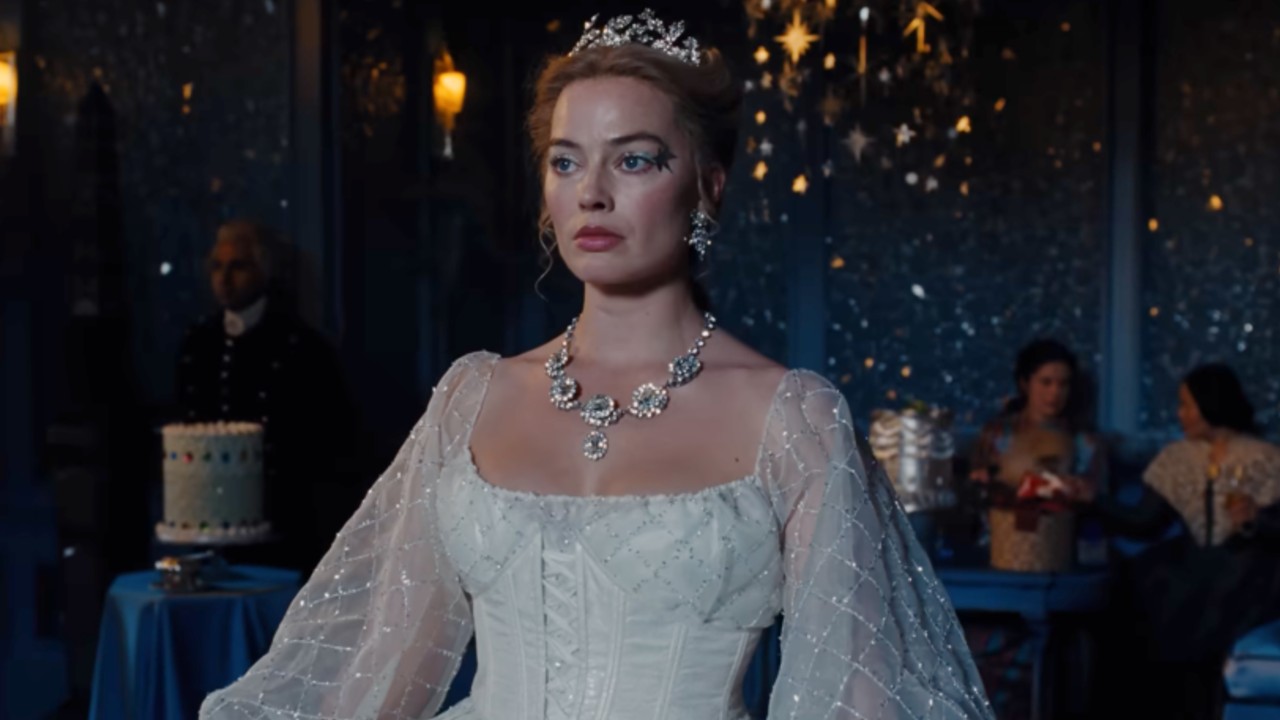Science Explains Why The Hobbit Looks Weird In 48 Frames Per Second

The Hobbit: An Unexpected Journey trekked into theaters last weekend with a bevy of storylines stuffed in its travel pack. It marked Peter Jackson’s return to Middle-earth after a lengthy hiatus, and set a tone that will continue through two more Hobbit films: The Desolation of Smaug and There and Back Again. And finally, it heralded the use of the controversial high-frame-rate (HFR) of 48 frames-per-second in a mainstream film … a decision that could affect major tentpoles for years to come.
In the talkback thread we established for spoiler Hobbit conversation, several readers praised the 3D HFR presentation. Not universally, but it worked better for more audience members than we might have assumed. If you checked out the high-frame rate of Hobbit and didn’t appreciate the new technology, Movieline assembled a fairly detailed, scientific explanation as to why, in their own words, the movie looked “bad.”
The site interviewed filmmaker James Kerwin, who also lectures on the science of film perception and consciousness at the University of Arizona’s Center for Consciousness Studies. Fancy. He explained that humans actually view reality at what would be a 66 frames-per-second calculation, so the human brain likely will adjust to the 48-frame presentation in time.
“Most researchers agree we perceive 40 conscious moments per second,” Kerwin said. “In other words: our eyes see more than that but we’re only aware of 40. So if a frame rate hits or exceeds 40 fps, it looks to us like reality. Whereas if it’s significantly below that, like 24 fps or even 30 fps, there’s a separation, there’s a difference — and we know immediately that what we’re watching is not real.”“It’s psychological: we need suspension of disbelief, and suspension of disbelief comes from the lower frame rate,” Kerwin continued. “The lower frame rate allows our brains to say, ‘Okay — I’m not perceiving 40 conscious moments per second anymore; I’m only perceiving 24, or 30, and therefore this is not real and I can accept the artificial conventions of the acting and the lighting and the props.’ It’s an inherent part of the way our brain perceives things. Twenty-four or 30 frames per second is an inherent part of the cinematic experience. It’s the way we accept cinema. It’s the way we suspend our disbelief.”
So there you have it; a scientific explanation as to why our brains have a difficult time embracing the groundbreaking Hobbit presentation at a higher frame rate. What we don’t yet know is if the industry will still with the format long enough for mainstream audiences to adjust, as Kerwin says will happen in time. Filmmakers like James Cameron and Bryan Singer are talking about using the format in future projects. But audiences will have to turn out in droves to show studios they support the format, and right now, it’s too early to tell how healthy the response to The Hobbit has been.
Your Daily Blend of Entertainment News

Sean O’Connell is a journalist and CinemaBlend’s Managing Editor. Having been with the site since 2011, Sean interviewed myriad directors, actors and producers, and created ReelBlend, which he proudly cohosts with Jake Hamilton and Kevin McCarthy. And he's the author of RELEASE THE SNYDER CUT, the Spider-Man history book WITH GREAT POWER, and an upcoming book about Bruce Willis.
